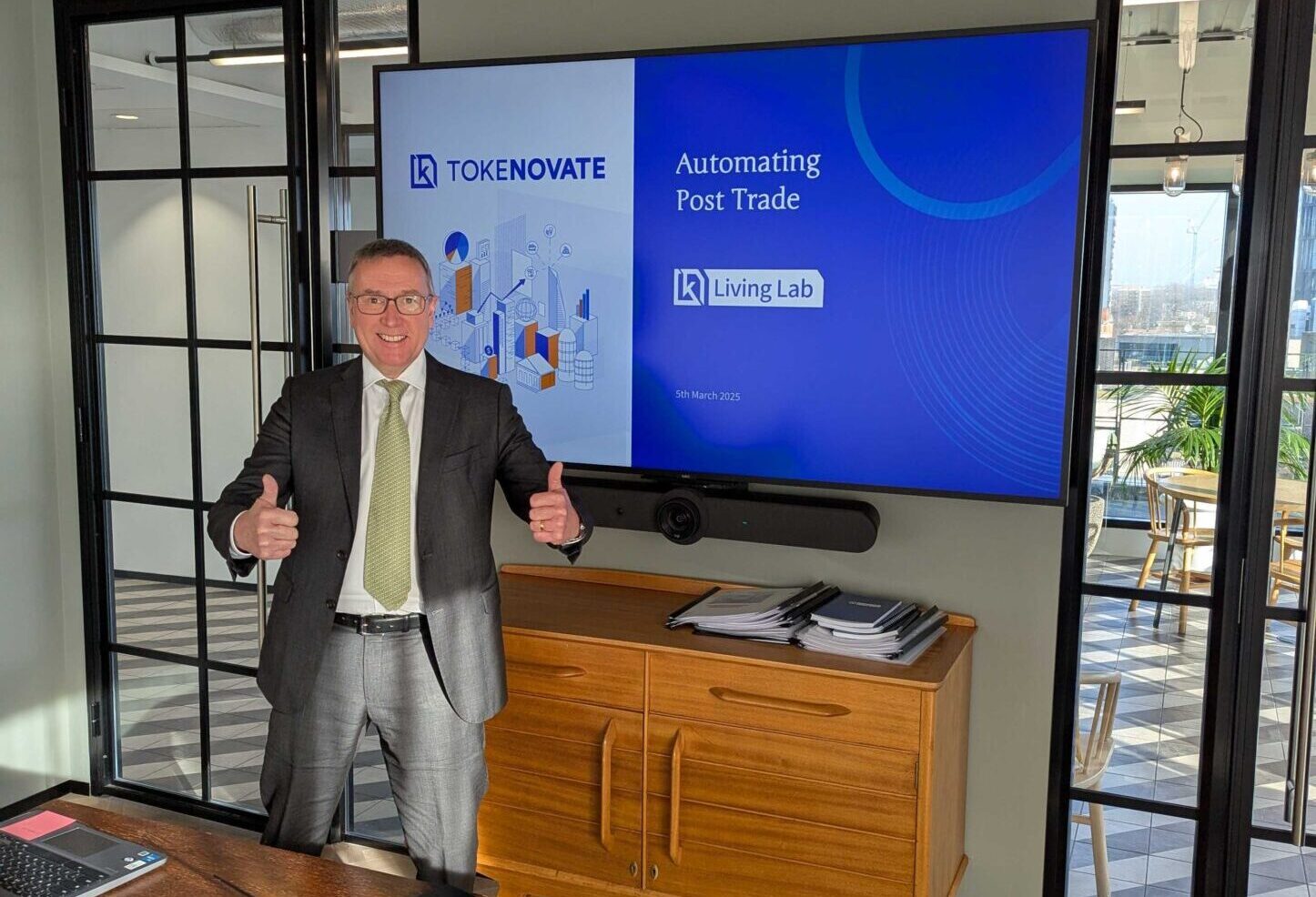At Tokenovate, we believe that in the near future Web 3.0 technologies will fundamentally transform financial market infrastructure as we know it. Advances in dissemination, storing, processing and accessing information through distributed ledger technology (DLT) and smart legal contracts offer attractive ways to reshape and improve the market.
Because today, markets are marred with systemic inefficiencies, stale centralised authorities, sluggish legacy systems and a plethora of intermediaries. Combined these factors create a fragmented ecosystem, unsuitable in a rapidly changing technology environment.
How do you best address these challenges? DLT is an obvious solution. Two of its core functions – the digitising of assets (“tokenising”) and creating immutable records – will generate opportunities to simplifying and standardising processes, while at the same time increasing security and scalability, ultimately enhancing overall efficiency. And efficient workflows lower costs, reduce errors and facilitate more intelligent lifecycle event management for derivatives trading.
Many industry players are now experimenting with DLT. In this blog we cover a few use cases, each of which are leveraging DLT. An emerging theme is the need for greater industry collaboration. Despite successful experiments, the financial market infrastructure remains fragmented. For ubiquitous adoption to happen, establishing a “minimum viable ecosystem”* across markets is critical.
Collaboration means interoperability. Secure and accurate exchange of data is vital, not just between different blockchains, but backwards compatibility with existing legacy systems too. This is crucial to minimise disruption and uncertainty as markets evolve towards a new optimum. Experimenting and running new initiatives in this space is essential to remove doubts about the suitability of DLT.
An example of a major market player that is focusing on interoperability is SWIFT. SWIFT connects banks, financial institutions and governments worldwide using messages to securely transmit information and instructions through a standardised code system. SWIFT acts as a single access point for payments to large parts of the industry for the post trade lifecycle events across multiple asset classes.
Last year SWIFT teamed up with Citi, Clearstream, Northern Trust and SETL to test if it could act in its existing role and capacity within blockchain based networks (you can download the report “Connecting digital islands: Tokenised assets” here). Could it remain a single point of access and work with multiple blockchain networks and token platforms using existing SWIFT connectivity architecture? Based on this test, and according to SWIFT, they are convinced that their messaging infrastructure is indeed fit for interoperability in a DLT ecosystem as well.
Themes of interoperability and standardisation are at the heart of Tokenovate’s design approach. We are committed to create standardised interoperable data, enabling an enhanced version of end-to-end derivative processing, simplifying operational and regulation efficiency.


